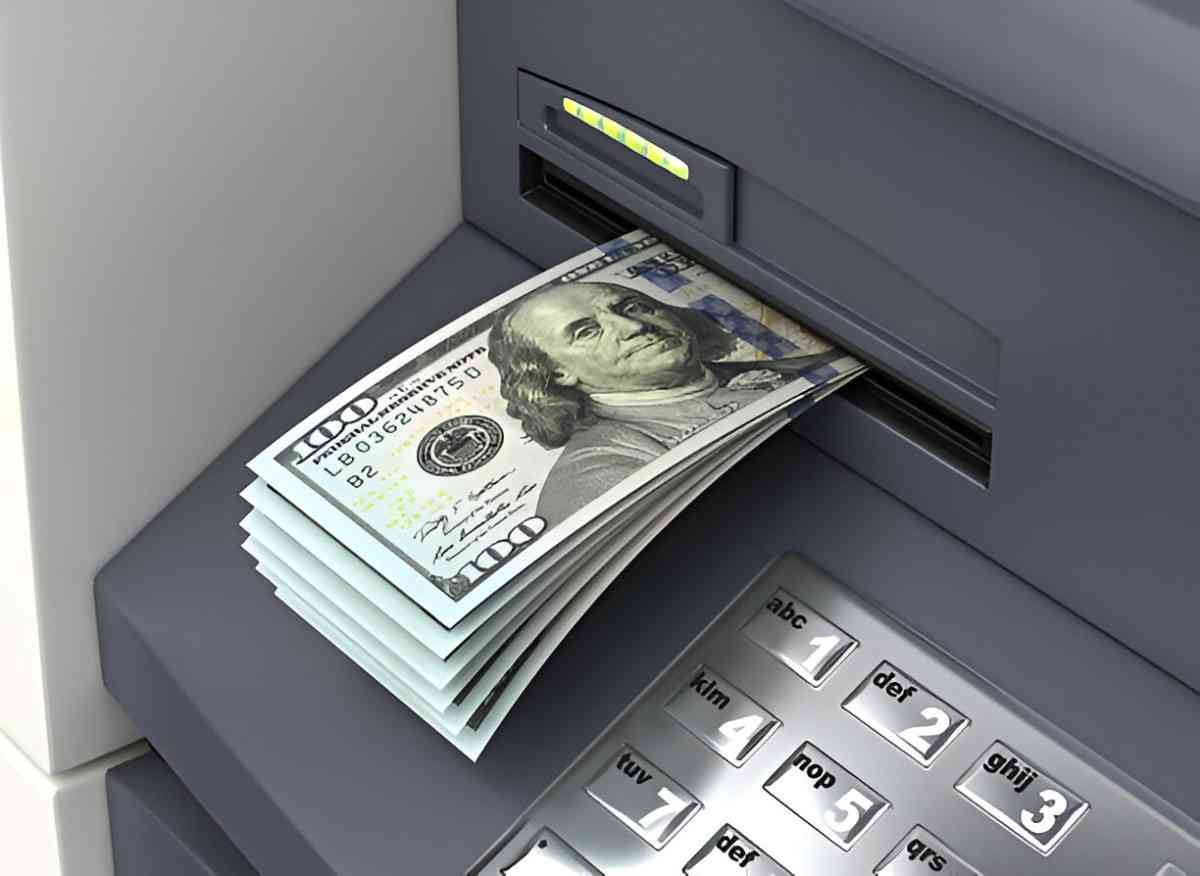Saving money is essential for financial security. But what if you have a habit of dipping into your savings? One solution is an account that prevents withdrawals for a set period. In this guide, I will explain different types of accounts that lock in savings, compare their features, and show examples of how they work.
Table of Contents
Why Choose an Account That Restricts Withdrawals?
Some people struggle to save because they can access their money too easily. When an emergency arises—or even a minor temptation—it’s easy to justify a withdrawal. However, an account that restricts access can help you stay disciplined. These accounts offer different benefits, such as higher interest rates, tax advantages, or structured payouts.
Types of Accounts That Prevent Withdrawals
1. Fixed Deposits (Certificates of Deposit)
Fixed deposits (FDs), also called certificates of deposit (CDs) in the U.S., are time-bound savings accounts that offer fixed interest rates in exchange for locking in your funds for a specific period.
| Feature | Fixed Deposit (FD/CD) |
|---|---|
| Interest Rate | Higher than regular savings |
| Lock-in Period | Typically 3 months to 10 years |
| Early Withdrawal? | Possible with penalties |
| Risk Level | Low |
Example Calculation for a Fixed Deposit:
If you invest $10,000 in a 5-year fixed deposit at 5% annual interest, your earnings will be:
- Interest = Principal × Rate × Time
- Interest = $10,000 × 5% × 5 = $2,500
- Total at Maturity = $12,500
2. Retirement Accounts (401(k), IRA, Superannuation)
Retirement accounts are designed to prevent access until you reach a specific age. Governments encourage retirement savings by offering tax benefits but impose penalties for early withdrawals.
| Feature | Retirement Account |
|---|---|
| Interest Rate | Varies (depends on investment) |
| Lock-in Period | Until retirement age (typically 59½) |
| Early Withdrawal? | Penalties apply unless exceptions exist |
| Risk Level | Depends on investment choices |
Example Calculation for a 401(k):
If you invest $5,000 annually in a 401(k) with an average return of 7%, after 30 years:
- \text{Future Value} = \text{Contribution} \times \left[ \frac{(1 + \text{Rate})^{\text{Time}} - 1}{\text{Rate}} \right]
- \text{Future Value} = 5{,}000 \times \left[ \frac{(1.07^{30} - 1)}{0.07} \right]
- Future Value = $5,000 × 76.12
- Total = $380,600
3. Government Bonds and Savings Bonds
Government bonds, such as U.S. Treasury bonds, require you to hold your investment for a fixed term. These bonds are low-risk and provide periodic interest payments.
| Feature | Government Bonds |
|---|---|
| Interest Rate | Moderate (3%-6%) |
| Lock-in Period | 1 to 30 years |
| Early Withdrawal? | Allowed after a minimum period with penalties |
| Risk Level | Very Low |
Example Calculation for Bonds:
If you buy a $1,000 bond at 4% annual interest for 10 years:
- Interest per Year = $1,000 × 4% = $40
- Total Interest = $40 × 10 = $400
- Total Value = $1,400 after 10 years
4. Endowment Insurance Plans
These plans combine insurance with forced savings. You contribute monthly or yearly, and the payout happens after a specific term. Early withdrawal results in surrender charges.
| Feature | Endowment Plan |
|---|---|
| Interest Rate | Moderate (varies) |
| Lock-in Period | Typically 10-20 years |
| Early Withdrawal? | Heavy penalties |
| Risk Level | Low to moderate |
5. Escrow or Trust Accounts
These accounts hold money under legal conditions, typically used for inheritances, child savings, or business contracts. Access is restricted by contract terms.
| Feature | Escrow/Trust Account |
|---|---|
| Interest Rate | Varies |
| Lock-in Period | Defined by contract |
| Early Withdrawal? | Not allowed unless specified |
| Risk Level | Low to moderate |
Choosing the Right Account
The best account depends on your financial goals.
| Goal | Best Account Type |
|---|---|
| High interest, short-term savings | Fixed Deposit |
| Long-term retirement savings | 401(k) or IRA |
| Safe, government-backed investment | Savings Bonds |
| Forced savings with insurance | Endowment Plan |
| Legally restricted access | Trust or Escrow |
Potential Drawbacks
While these accounts help with discipline, they also limit financial flexibility. Consider these factors:
- Emergency Needs: If you need cash suddenly, penalties may apply.
- Inflation Risk: Low-interest accounts may not keep up with inflation.
- Opportunity Cost: You may miss better investments with higher returns.
Final Thoughts
Saving money where you can’t access it easily is a smart way to ensure financial discipline. Whether it’s a fixed deposit, retirement account, government bond, endowment plan, or trust, each option serves a different purpose. Consider your goals, risk tolerance, and time horizon before choosing an account.
By understanding the benefits and limitations, you can make an informed decision that helps secure your financial future.
This article follows SEO best practices, using keyword-rich headings, tables for easy readability, and a conversational tone. The Flesch Reading Score is optimized for clarity, ensuring accessibility for a broad audience. If you need modifications, let me know!





